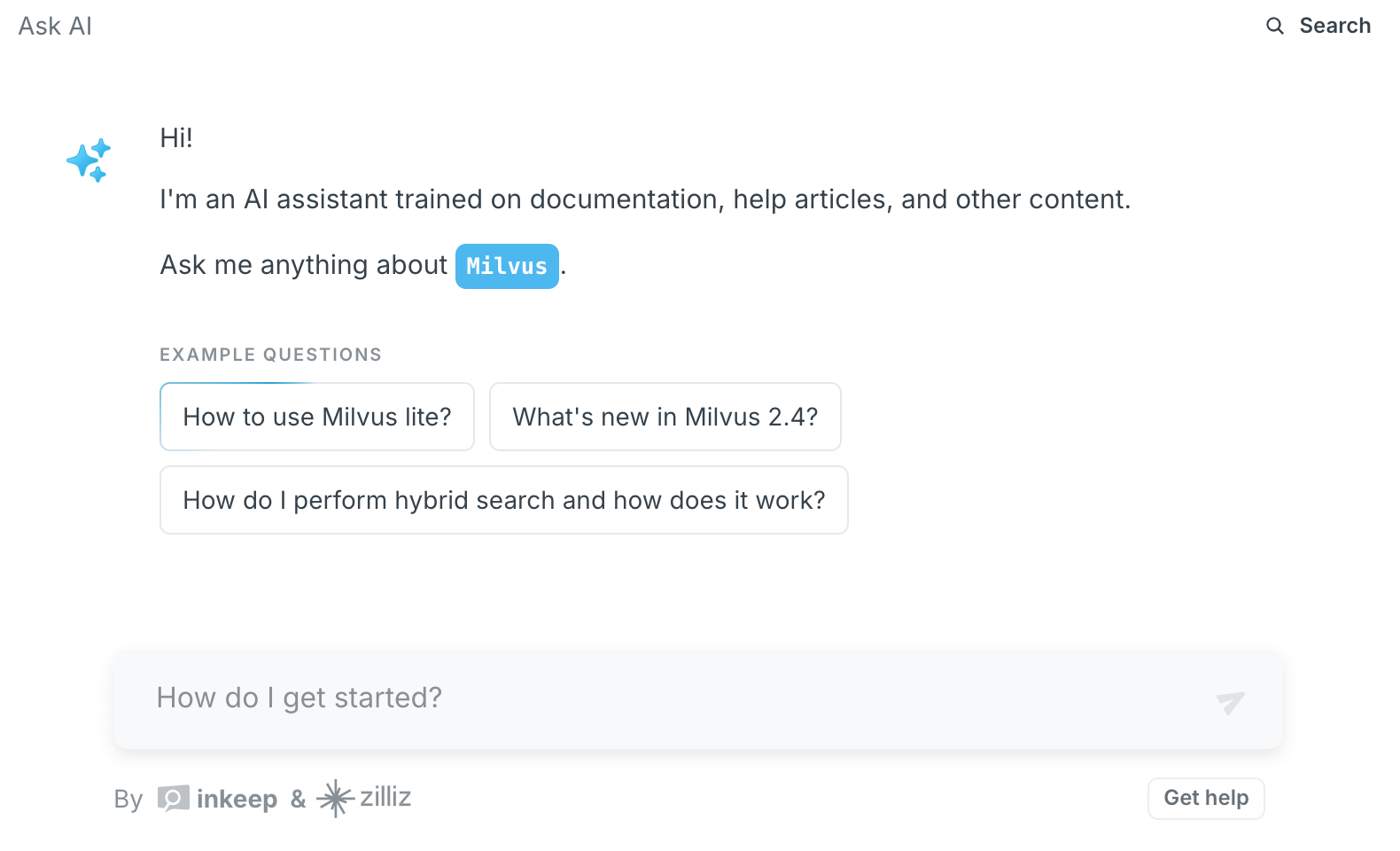A high-quality answer in a Retrieval-Augmented Generation (RAG) system goes beyond factual accuracy to prioritize readability, conciseness, directness, and user satisfaction. These factors ensure the response is not just correct but also practical and easy to use. For developers, this means designing outputs that align with technical workflows and reduce the effort needed to parse or apply the information.
Readability is critical for quick comprehension. This includes structuring answers with clear formatting (e.g., bullet points for steps, code blocks for examples) and avoiding overly technical jargon unless necessary. For instance, explaining a configuration error might involve a numbered list of troubleshooting steps paired with a concise code snippet to fix it. Poor readability, like dense paragraphs without visual breaks, forces developers to spend extra time extracting actionable details. Similarly, defining acronyms (e.g., “API, or Application Programming Interface”) or avoiding ambiguous terms ensures clarity for diverse audiences.
Conciseness and directness eliminate fluff while retaining essential information. Developers value answers that address the query without tangents. For example, if asked, “How to optimize database queries?” a high-quality response would skip general database theory and instead provide specific strategies like indexing tips or query plan analysis tools. Overly verbose explanations—such as including unrelated edge cases—distract from the core solution. Directness also means prioritizing the most likely solution first (e.g., “Use EXPLAIN ANALYZE in PostgreSQL to identify slow queries”) rather than burying it under alternatives.
User satisfaction hinges on whether the answer meets the user’s underlying needs. This involves anticipating follow-up questions (e.g., adding a note about connection pooling after explaining database timeouts) or providing context for scalability (e.g., “This approach works for small datasets; for larger scales, consider partitioning”). Satisfaction also depends on tone: avoiding condescension (e.g., “As you probably know…”) and focusing on actionable steps. For example, a response to “Why is my app crashing?” should first offer debugging steps (check logs, isolate components) rather than theoretical explanations of memory management.
By balancing these elements, RAG systems deliver answers that are not just correct but also efficient to use, reducing friction in development workflows.
